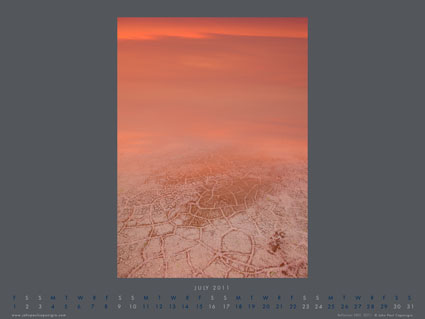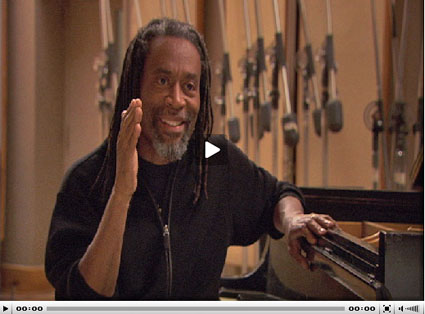Shortcuts for Lightroom's Develop Module – Julianne Kost
Julieanne Kost demonstrates how to streamline Lightroom 3’s Develop module by taking advantage of her top 10 favorite shortcuts & time-saving features in order to eliminate many of the repetitive image adjustment tasks when editing large volumes of images.
Visit Julianne’s blog for more shortcuts and tips.
Learn more in my digital photography and digital printing workshops.




